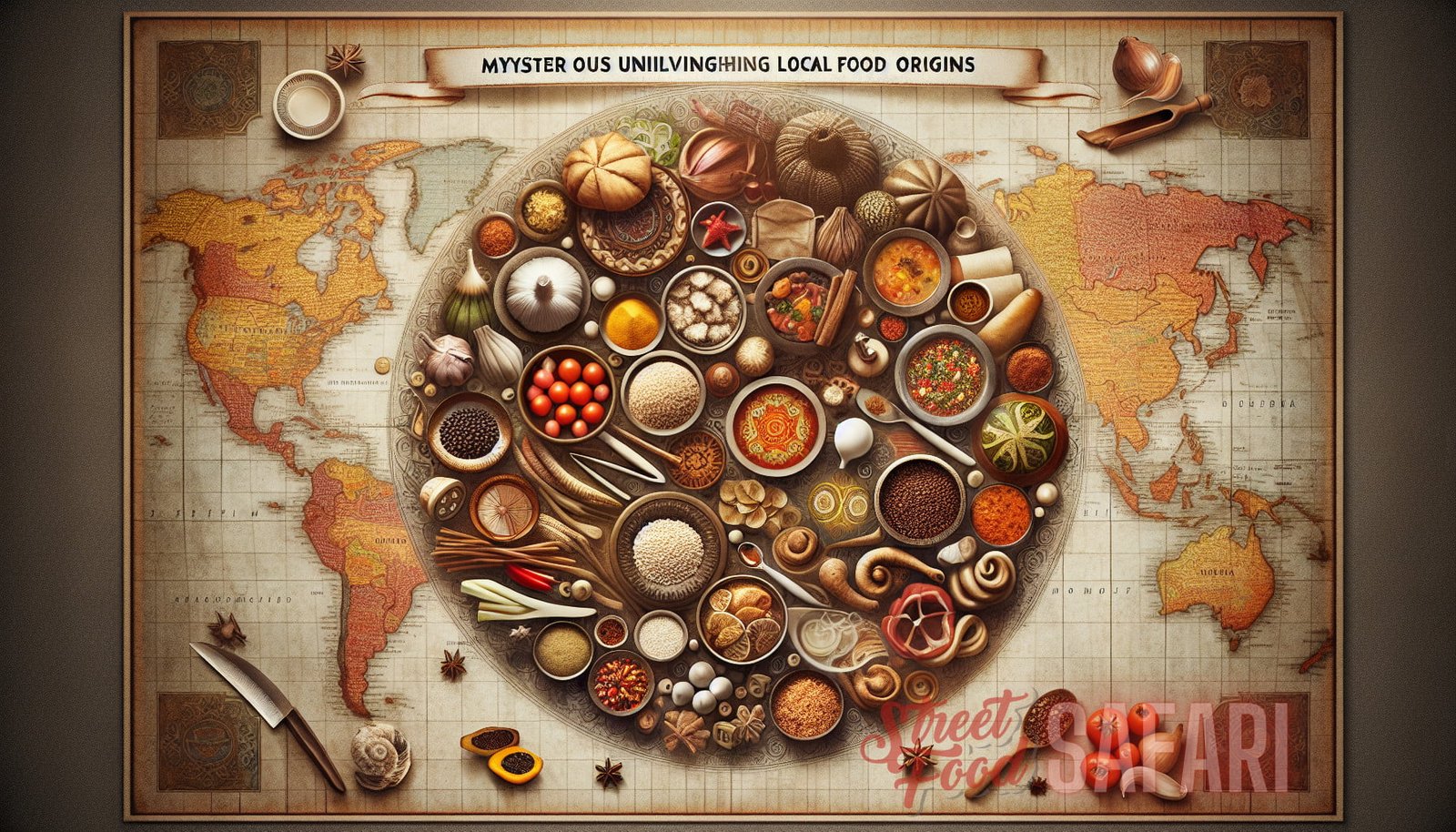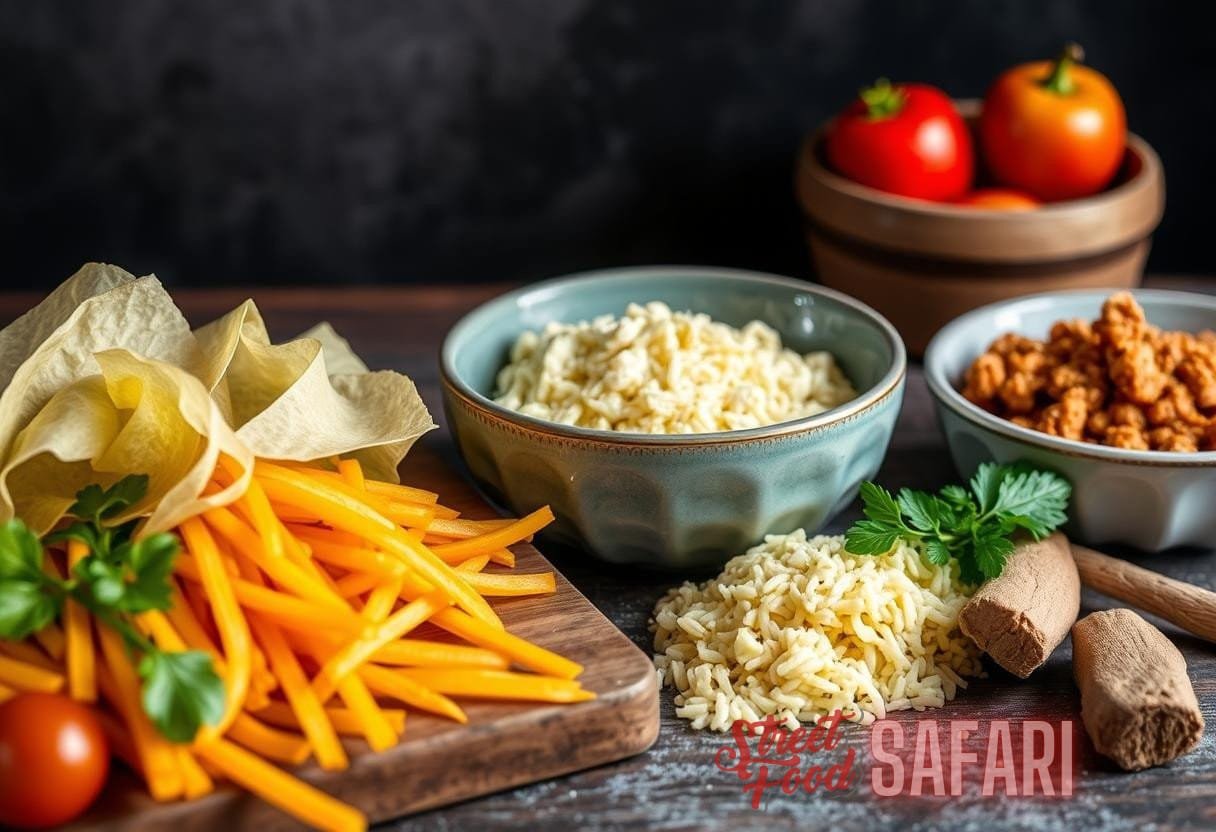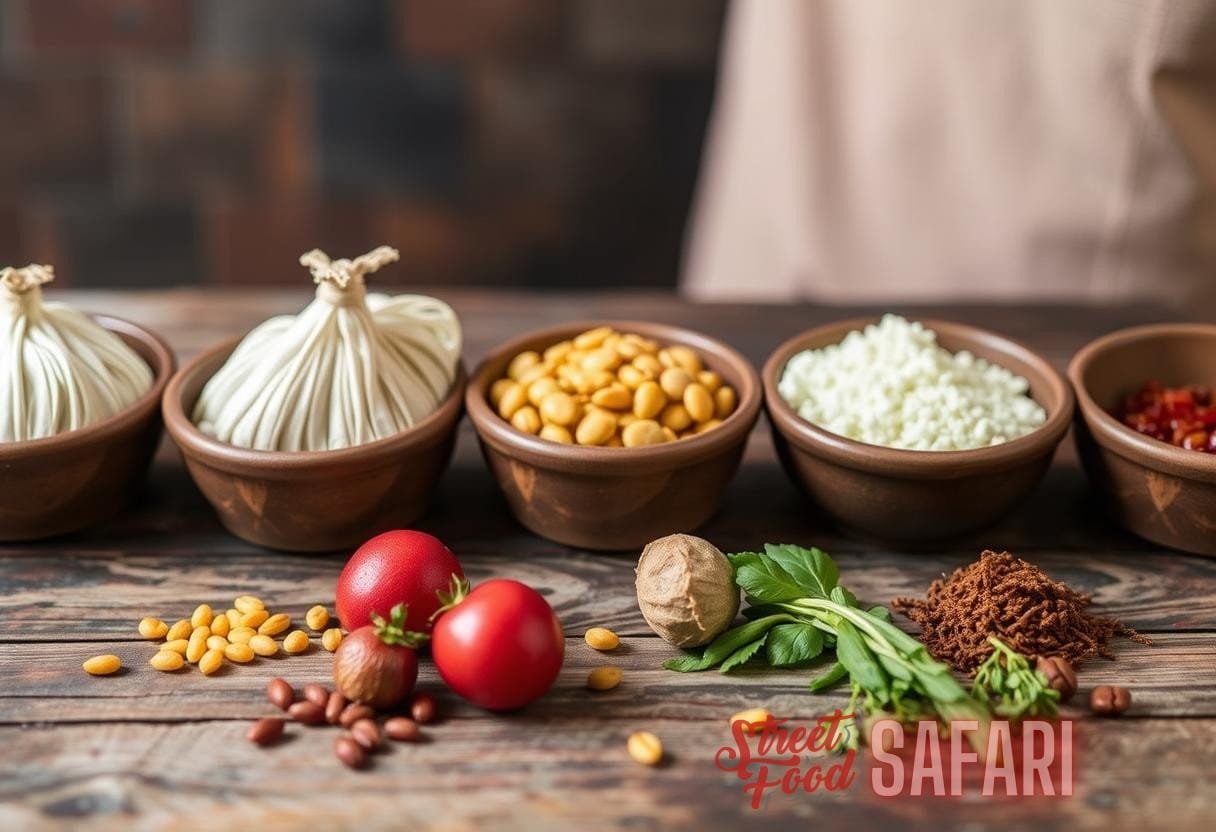Introduction
Local delicacies have always been a source of intrigue and fascination. These dishes that are unique to a particular region or community have various flavors, ingredients, and cooking techniques that set them apart from the rest. But have you ever wondered where these culinary creations originated? In this article, we will delve deep into the enigmatic world of local delicacies and uncover their mysterious origins. From the exotic spices of India to the hearty stews of Europe, we will explore the fascinating culinary origins behind some of the most beloved local delicacies across the globe.
The Enigma of Local Delicacies
Local delicacies are more than just dishes; they are a window into a region’s history, culture, and traditions. These recipes have been passed down through generations, carefully preserved, and cherished by the communities that created them. The origins of these dishes often trace back centuries, shaped by a combination of historical, geographical, and cultural factors. The enigma lies in unearthing the secrets behind the creation of these delectable treasures.
To decode the culinary origins of local delicacies, we need to consider various factors:
- Historical influences: Many local delicacies have been influenced by the historical events that shaped a particular region. For example, the colonization of India by the British introduced new ingredients and cooking techniques, resulting in the fusion of Indian and British flavors that can be found in dishes like Chicken Tikka Masala.
- Geographical factors: The availability of ingredients and the local climate play a significant role in shaping local delicacies. Coastal regions often have an abundance of seafood, leading to dishes like ceviche in Peru or paella in Spain. Inland regions may rely more on grains and meats, resulting in hearty dishes like risotto in Italy or goulash in Hungary.
- Cultural traditions: Local delicacies are deeply intertwined with cultural traditions, rituals, and celebrations. In many cultures, certain dishes are reserved for special occasions or festivals. For example, mooncakes are an integral part of the Mid-Autumn Festival in China, and tamales are traditionally enjoyed during the Christmas season in Mexico.
- Innovation and adaptation: Over time, local delicacies have evolved and adapted to changing tastes, preferences, and influences. Globalization has also played a role in the fusion of flavors and the introduction of new ingredients, resulting in dishes like sushi burritos or kimchi tacos that blend different culinary traditions.
Exploring the Origins of Local Delicacies
Now that we understand the factors that contribute to the enigma of local delicacies, let’s dive into the fascinating origins of some iconic dishes from around the world.
Pizza: The Taste of Italy
Pizza, one of the most beloved dishes worldwide, has its roots in Italy. The origins of pizza can be traced back to ancient civilizations, where flatbreads topped with various ingredients were baked on hot stones. The modern pizza, as we know it today, originated in Naples, Italy, during the 18th century.
- Neapolitan Pizza: The Neapolitan pizza, known for its thin, chewy crust, simple toppings, and high-quality ingredients, is considered the original pizza. It was traditionally baked in a wood-fired oven, resulting in a crispy crust and a soft center. The classic Margherita pizza, topped with tomatoes, mozzarella cheese, and fresh basil, was created in honor of Queen Margherita of Italy.
- Pizza Margherita: The story behind the creation of the Pizza Margherita is a fascinating one. Legend has it that in 1889, the renowned pizzaiolo Raffaele Esposito, wanting to impress Queen Margherita during her visit to Naples, prepared a pizza topped with ingredients representing the colors of the Italian flag – red tomatoes, white mozzarella cheese, and green basil. The queen loved it, and thus, the Pizza Margherita was born.
Today, pizza has become a global phenomenon, with countless variations and toppings. It has evolved and adapted to different cultures and tastes, while still retaining its Italian essence.
For more information on the fascinating origins of pizza, check out this Wikipedia article.
Sushi: From Japan to the World
Sushi, a delicate and artful culinary creation, has its origins in Japan. This iconic Japanese dish is synonymous with precision, freshness, and elegance.

- Edo-mae Sushi: The history of sushi dates back to the Edo period in Japan (1603-1868). During this time, Edo (modern-day Tokyo) was a bustling city, and the residents craved quick and affordable meals. The sushi we know today, known as Edo-mae sushi, was developed as a street food in Edo. It consisted of vinegared rice and fresh fish, allowing people to enjoy a satisfying meal on the go.
- Sushi Evolution: Over time, sushi evolved from being a street food to a delicacy enjoyed by the upper class. The introduction of refrigeration and transportation systems in the 20th century made it possible to serve sushi with raw fish to a wider audience. This led to the popularization of nigiri sushi, where a slice of raw fish is placed on top of a small mound of vinegared rice.
Today, sushi has become a global phenomenon, with sushi restaurants and sushi bars found in almost every corner of the world. It has also undergone various adaptations and fusion with other cuisines, giving rise to unique creations like sushi burritos and sushi pizza.
For a detailed exploration of the origins of sushi, you can refer to this BBC Travel article.
Goulash: A Taste of Hungary
Goulash, a hearty and flavorful stew, is often associated with Hungary. This iconic dish traces its origins to the Hungarian plains, where cattle herders needed a sustenance dish that was easy to prepare and could be cooked over an open fire.
- Historical Origins: Goulash has its roots in the nomadic lifestyle of the Magyar tribes, who inhabited the Hungarian plains in the 9th century. They cooked a simple stew using meat, onions, and paprika, which they dried and preserved for long journeys.
- Paprika Revolution: The introduction of paprika, a chili pepper spice, in the 16th century revolutionized goulash. It added a distinct and fiery flavor to the stew, giving it the characteristic taste it is known for today.
Today, goulash is considered a national dish of Hungary and is enjoyed by locals and tourists alike. Its rich flavors and comforting qualities make it a favorite during the cold winter months.
If you want to learn more about the fascinating history of goulash, head over to this Culture.pl article.
The Significance of Culinary Origins
Understanding the origins of local delicacies is not just a matter of satisfying gastronomic curiosity. The culinary origins of a dish hold deep cultural and historical significance. Here are some reasons why decoding culinary origins is important:
- Cultural Preservation: Local delicacies are a part of a region’s cultural heritage. By understanding their origins, we can preserve these culinary traditions and ensure their continuity for future generations.
- Appreciation of Diversity: Culinary origins highlight the diverse range of flavors, ingredients, and techniques used in different regions. It allows us to appreciate and celebrate the unique contributions of each culture to the world of food.
- Connection to History: Local delicacies often have stories that are deeply intertwined with historical events, traditions, and even legends. By unraveling their origins, we can uncover hidden narratives and gain a deeper understanding of a region’s history.
- Fostering Cultural Exchange: Culinary origins provide a platform for cultural exchange and dialogue. Through the exploration of local delicacies, we can learn about different cultures, foster understanding, and bridge gaps.
Conclusion
Local delicacies are not just culinary delights; they are gateways into a region’s history, culture, and traditions. Unveiling the mysterious origins of these dishes allows us to appreciate the complex factors that have shaped their creation. From the streets of Naples to the plains of Hungary, the world of local delicacies is a treasure trove of gastronomic stories waiting to be told. So the next time you savor a local delicacy, take a moment to ponder over its culinary origins, and you will embark on a flavorful journey through time and culture.
For more insights into the world of local delicacies and their fascinating culinary origins, check out our article on culinary codes and discover the latest street food trends unveiled across the world.



